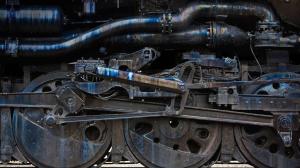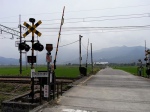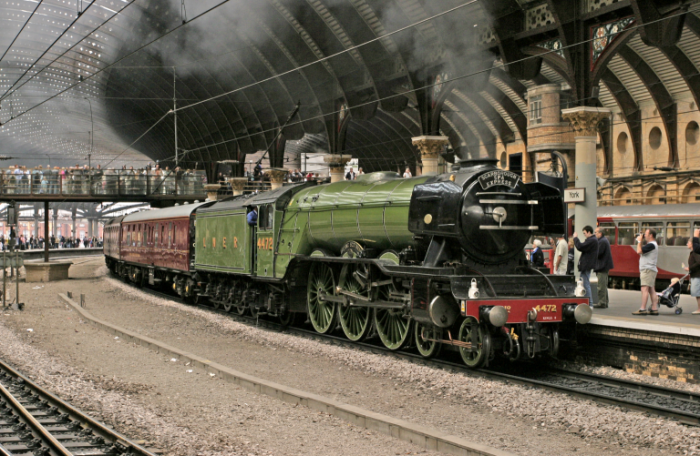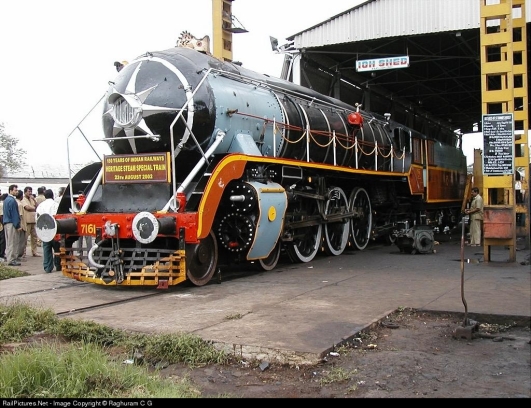
Here is a wonderful short documentary done in 1959, logged in the National Film Board of Canada, documenting a small window panning across the middle of the last days of steam locomotive dominance in Canada in the late 50s to early 60s.
By 1960, all but preserved tourist locomotives were gone in the United States. But in Canada, a few steam locomotives were in service in the 60s.
In the UK and most of Europe and Japan, a few mainline steam trains were operating through the 60s and into the early to mid-70s. It is also true that in North America, trains in general, were becoming less important as the automobile and airline industries worked hard to push the railroad out of public consciousness (and did not succeed in many ways).
In Europe and Japan, for instance, the railroads have continued to play a major role. The nostalgic emotions for steam locomotives are still a major aspect of most cultures around the world. This beautiful documentary uses interviews and the lives of those who had worked intimately with steam trains, to portray loss, change, and the contradictions of the passing of steam locomotives into the category of ‘relic.’ However, train travel in North America is again on the rise. The railroads also understand the steam locomotive to be strong central figures in the bedrock of most modern societies and reminders of colonial and imperial might and industrial-technological advancement and and nation-building itself. The steam locomotive will most likely not go away from human consciousness completely.
This documentary is certainly worth a quiet 30 minutes of our time with a hot drink along with our deepest connections to our histories and where we are headed as humans.
End of the Line by Terence Macartney-Filgate, 30 minutes, 1959.
http://www.nfb.ca/film/end_of_line
This is a superb short film for any steam and/or railroad fan or historian/anthropologist.












